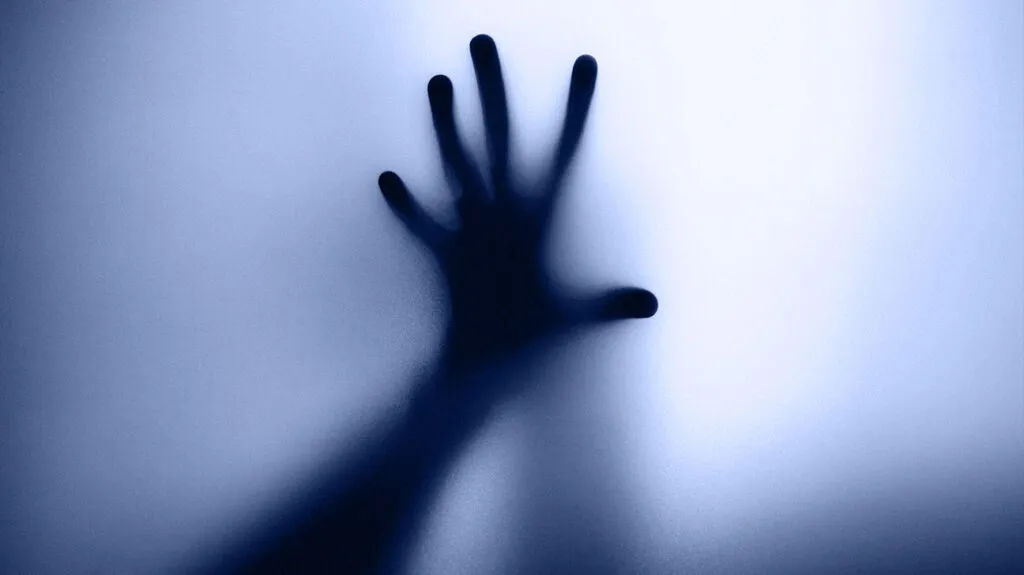
How Do You Know If You Have Depression?
The World Health Organization states, “Depression is the leading cause of disability.” It may cause a person to take their own life, damage their relationships,

A phobia is an intense fear of something that, in reality, poses little or no actual danger. Common phobias and fears include closed-in places, heights, highway driving, flying insects, snakes, and needles. However, you can develop phobias of virtually anything. While most phobias develop in childhood, they can also develop in later life.
Understanding your phobia is the first step to overcoming it. It’s important to know that phobias are common. (Having a phobia doesn’t mean you’re crazy!) It also helps to know that phobias are highly treatable. No matter how out of control it feels right now, you can overcome your anxiety and fear and start living the life you want.
“Normal” fears vs. phobias or “irrational” fears
It is normal and even helpful to experience fear in dangerous situations. Fear serves a protective purpose, activating the automatic “fight-or-flight” response. With our bodies and minds alert and ready for action, we are able to respond quickly and protect ourselves. But with phobias, the threat is nonexistent or greatly exaggerated. For example, it is only natural to be afraid of a snarling Doberman, but it is irrational to be terrified of a friendly poodle on a leash, as you might be if you have a dog phobia.
There are four general types of phobias and fears:
The symptoms of a phobia can range from mild feelings of apprehension and anxiety to a full-blown panic attack. Typically, the closer you are to the thing you’re afraid of, the greater your fear will be. Your fear will also be higher if getting away is difficult.
The symptoms of a phobia can range from mild feelings of apprehension and anxiety to a full-blown panic attack. Typically, the closer you are to the thing you’re afraid of, the greater your fear will be. Your fear will also be higher if getting away is difficult.
Mindfulness techniques can help reduce the level of stress you feel. This technique may not stop the initial rush of anxiety a phobia can release, but mindfulness training may help you lessen the severity of the fear.
It may be a good idea to work with a therapist to learn mindfulness techniques. Practicing them often on your own as well can help you use them when you’re face-to-face with a phobia.
It is a type of behavior therapy. With this type of treatment, a therapist usually begins by training you in relaxation techniques that can calm you when you’re under a lot of stress.
Cognitive behavioral therapy (CBT) often incorporates the same systematic desensitization methods used in exposure therapy. CBT also focuses on the specific thoughts and beliefs you have associated with the phobias.
CBT helps you identify cognitive distortions. These are unhelpful thought patterns that aren’t accurate. Once you’ve identified these thoughts, you can replace them with more accurate ones instead.
When you’re immersed in the intense fear of a phobic episode, CBT can help you:

The World Health Organization states, “Depression is the leading cause of disability.” It may cause a person to take their own life, damage their relationships,

Stress is a bodily response to the demands of life. It is an experience everyone has but too much stress can be harmful. There are

Sleep-wake disorders are marked by disturbances in sleep patterns. They may impact physical, mental, and emotional health. External factors can cause sleep disorders. These may include